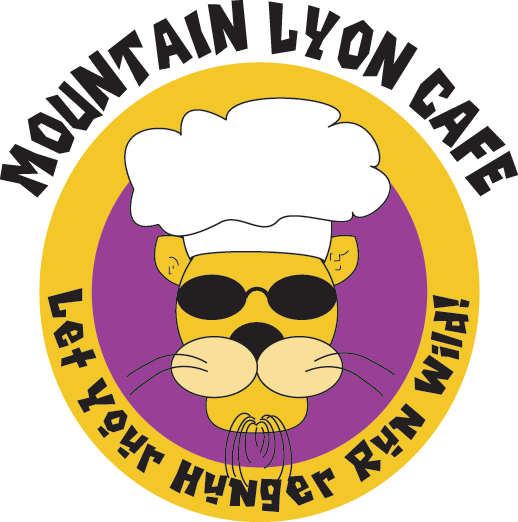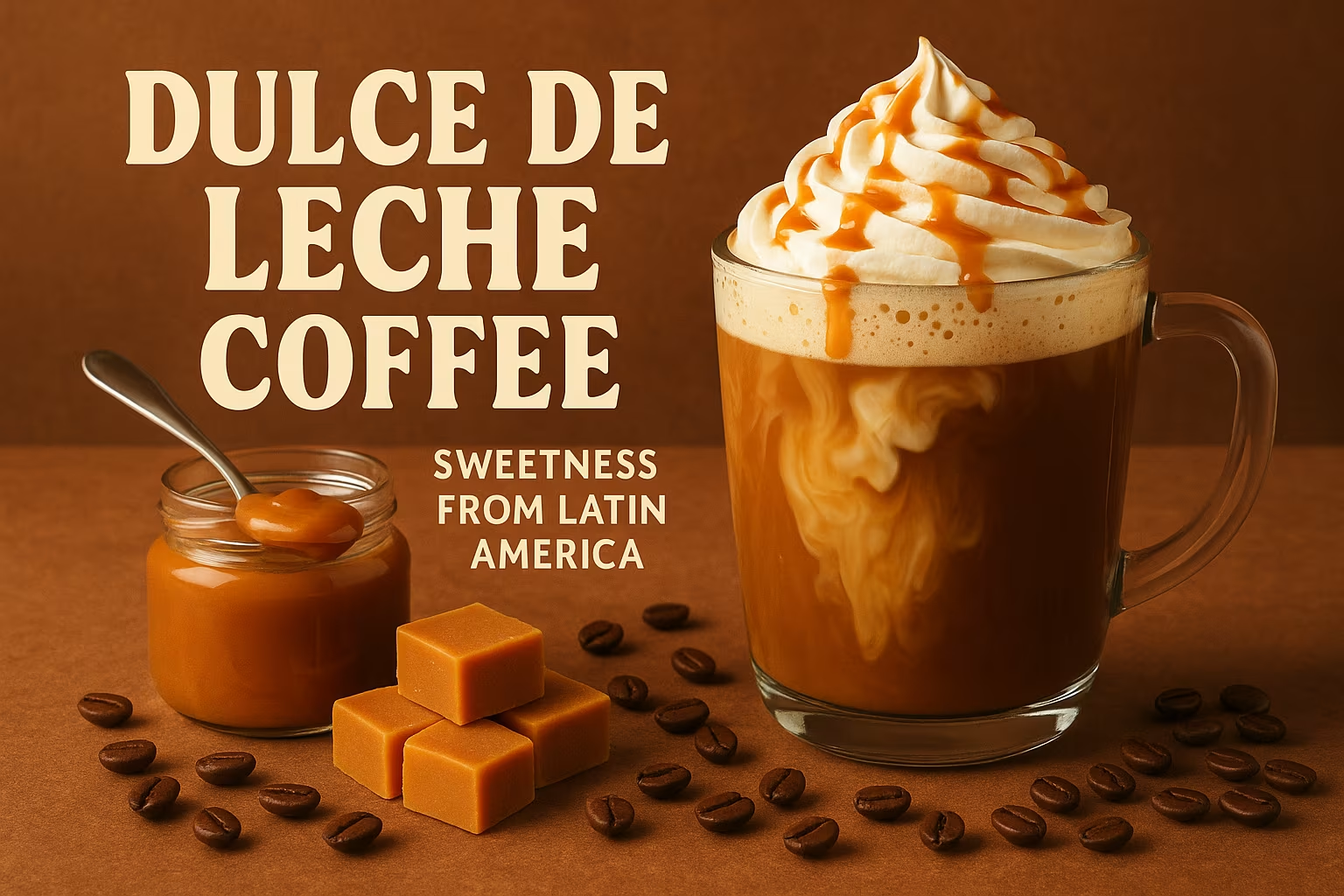Discover the irresistible taste of Dulce de Leche Coffee – Sweetness from Latin America. Learn its history, cultural roots, brewing tips, and recipes to enjoy this caramel-infused delight at home or explore it in Latin American cafés.
Dulce de Leche Coffee – Sweetness from Latin America You Can’t Resist
When it comes to coffee that captures both the soul of a culture and the taste buds of the world, few drinks are as captivating as Dulce de Leche Coffee – Sweetness from Latin America. This indulgent combination of rich caramel flavor, creamy milk, and robust Latin American coffee beans offers an experience that’s more than just a caffeine fix—it’s a cultural celebration in a cup. Whether you’re discovering it for the first time or a seasoned coffee enthusiast, understanding its history, flavor profile, and brewing secrets will deepen your appreciation for this Latin American treasure.
What Makes Dulce de Leche Coffee So Special?
Dulce de Leche Coffee is not just about taste—it’s about heritage, craftsmanship, and the art of balancing sweetness with bold coffee strength. At its core, this drink features Dulce de Leche, a beloved Latin American caramel made by slowly heating sweetened milk until it turns golden brown and develops a rich, velvety texture. When paired with freshly brewed coffee, it creates a drink that is:
Luxuriously sweet yet balanced – The caramel notes harmonize with the bitterness of coffee.
Creamy and smooth – The milk content softens the texture, creating a velvety mouthfeel.
Deeply aromatic – Latin American coffee beans offer chocolatey, nutty, or fruity undertones that blend perfectly with caramel.
Culturally symbolic – In many Latin American countries, sharing a coffee is a sign of friendship and hospitality.
“Coffee is a language in itself.” – Jackie Chan
Just like espresso in Italy or tea in England, Dulce de Leche Coffee reflects a cultural tradition that goes beyond its ingredients. It’s a drink that tells a story with every sip.
The Rich Caramel Flavor Profile
The hallmark of this coffee is its rich caramel profile. Unlike artificial syrups used in many coffee chains, authentic Dulce de Leche is slow-cooked, allowing natural sugars in milk to caramelize gradually. This process:
Enhances depth of flavor—creating notes of butterscotch, toffee, and vanilla.
Produces a thick, luscious texture that coats the tongue.
Blends seamlessly into both espresso-based drinks and brewed coffee.
In Latin American kitchens, Dulce de Leche is not just for coffee—it’s a versatile treat found in cakes, alfajores (Argentinian cookies), and churros. By incorporating it into coffee, you’re bridging dessert and beverage in a single cup.
Perfect Balance of Sweetness and Coffee Strength
One of the reasons Dulce de Leche Coffee appeals to such a wide audience is its balance. Too much sweetness can overwhelm the coffee; too little makes it just another latte. The ideal ratio respects the coffee’s natural flavor while enhancing it with caramel undertones.
A well-made cup should:
Allow the coffee aroma to greet you first.
Introduce sweet creaminess mid-sip.
Leave a pleasant caramel finish that lingers without cloying.
This balance makes it perfect for people who might normally shy away from black coffee but still want to enjoy the authenticity of Latin American coffee culture.
See more: Protein Coffee with Banana Cold Foam: Your Healthy Boost
Origins: Dulce de Leche and Its Latin American Roots
Dulce de Leche translates to “sweet milk” in Spanish, and its origins are as rich as its flavor. Although its exact birthplace is debated—Argentina, Uruguay, and Mexico all claim it—there’s no denying it’s an icon of South American dessert culture.
A Brief History of Dulce de Leche
Historical records suggest that a form of Dulce de Leche existed as early as the 19th century. A famous anecdote from Argentina tells of a maid accidentally leaving milk and sugar on the stove too long while preparing leche con azúcar. When she returned, she found a creamy caramel mixture—and a culinary legend was born.
From there, it spread across Latin America, each country adding its own twist:
| Country | Variation | Notes |
|---|---|---|
| Argentina | Thick and creamy | Often used in alfajores and cakes |
| Mexico | Cajeta (goat’s milk version) | Slightly tangy, deeper caramel notes |
| Colombia | Arequipe | Lighter in color, more spreadable |
| Chile | Manjar | Used extensively in pastries and empanadas |
How It Became a Coffee Sensation
While Dulce de Leche was traditionally paired with desserts, its union with coffee is a relatively modern trend. As specialty coffee culture grew in the 2000s, baristas began experimenting with regional flavors. Latin America, being one of the largest coffee producers in the world, naturally fused its beloved caramel into espresso drinks.
By the 2010s, Dulce de Leche Lattes started appearing in boutique coffee shops in Buenos Aires, Bogotá, and Mexico City, quickly becoming favorites for both locals and tourists. International coffee chains soon caught on, adapting recipes for global audiences.
Brewing Dulce de Leche Coffee at Home
Creating this drink at home is easier than you might think—and it allows you to control the sweetness, coffee strength, and texture to your liking.
Essential Ingredients and Tools
To make an authentic cup, you’ll need:
Ingredients:
Freshly brewed Latin American coffee (medium roast works best)
2–3 tablespoons Dulce de Leche (store-bought or homemade)
Steamed milk or milk alternative
Optional: whipped cream, cinnamon, or cocoa powder for garnish
Tools:
Espresso machine or French press
Milk frother or saucepan
Spoon for mixing
Step-by-Step Brewing Guide
Prepare the coffee – Brew a strong cup using freshly ground beans from Latin America for authenticity.
Warm the Dulce de Leche – Place it in the bottom of your cup; warming helps it dissolve faster.
Add the coffee – Pour it over the caramel and stir until fully blended.
Steam and froth the milk – Aim for a smooth microfoam.
Combine and garnish – Pour the milk over the coffee-caramel mixture and top with whipped cream or a dusting of cinnamon.
Tip: For a more intense flavor, mix a small spoon of Dulce de Leche directly into your espresso shot before adding milk.
Where to Find Authentic Dulce de Leche Coffee
While making Dulce de Leche Coffee at home has its charm, tasting it in its authentic setting adds another layer to the experience. Across Latin America, you’ll find cafés that treat this drink as both a beverage and a cultural symbol.
Specialty Cafés in Latin America
Buenos Aires, Argentina – Known as the capital of Dulce de Leche, many coffeehouses here serve it with locally roasted beans and topped with chocolate curls. Famous spots include Café Tortoni, where you can sip your drink surrounded by history and tango culture.
Mexico City, Mexico – Try cajeta coffee at traditional cafés like El Cardenal, where goat’s milk caramel pairs beautifully with Chiapas coffee beans.
Bogotá, Colombia – Colombian coffee already enjoys global fame, but pairing it with arequipe creates an unforgettable experience. Cafés like Devoción offer both traditional and modern twists.
Santiago, Chile – Local manjar-infused lattes can be found in artisanal bakeries, often served alongside fresh empanadas or pan amasado.
“To travel is to discover that everyone has the same needs: food, shelter, and a good cup of coffee.” – Anonymous
Famous Coffee Chains That Serve It
Global coffee brands have recognized the appeal of this caramel coffee drink and adapted it to international menus:
Starbucks (Latin American markets) – Seasonal Dulce de Leche lattes in Argentina, Chile, and Mexico.
Juan Valdez Café – A Colombian chain offering arequipe-based coffee drinks with premium beans.
Lyoncafe – Learn more at our website mtnlyoncafe.com, where our expertise in specialty coffee and deep understanding of Latin American flavors inspire unique takes on classics like Dulce de Leche Coffee.
Pairing Ideas: Foods That Complement Dulce de Leche Coffee
Pairing the right food with Dulce de Leche Coffee enhances the entire sensory experience. The drink’s rich sweetness makes it versatile for both sweet and savory combinations.
Sweet Pairings for Dessert Lovers
Alfajores – Soft shortbread cookies filled with Dulce de Leche, perfect for an indulgent pairing.
Churros – Fried dough sticks dusted with cinnamon sugar, served with extra caramel sauce.
Tres Leches Cake – A sponge cake soaked in three kinds of milk, topped with whipped cream.
Savory Combinations for a Balanced Taste
While most people instinctively pair this drink with desserts, savory foods can balance out its sweetness:
Cheese empanadas – The salty cheese filling complements caramelized milk perfectly.
Arepas with butter – A Colombian staple that provides a neutral base for sweet drinks.
Pan de Bono – A cheesy bread that pairs beautifully with milky coffees.
Food and coffee pairing tip: Always match the intensity of your coffee with the weight of your food. Dulce de Leche Coffee is medium-to-heavy-bodied, so it pairs well with richer pastries and breads.
Health Facts and Nutritional Insights
Like many indulgent treats, Dulce de Leche Coffee should be enjoyed in moderation. However, there are ways to make it healthier without sacrificing too much flavor.
Calorie Count and Nutritional Breakdown
A standard 12 oz cup made with whole milk and 2 tablespoons of Dulce de Leche contains approximately:
Calories: 220–260
Sugar: 25–30g
Protein: 6–8g
Caffeine: 80–100mg (depending on coffee type)
Tips for a Healthier Version
Use low-fat milk or plant-based alternatives like almond or oat milk.
Reduce Dulce de Leche to 1 tablespoon and add a touch of natural vanilla extract for flavor.
Use unsweetened cocoa powder for garnish instead of whipped cream.
Why Dulce de Leche Coffee is a Global Trend
The rise of Dulce de Leche Coffee in the global market is no accident—it’s fueled by a combination of cultural storytelling, visual appeal, and comfort-food nostalgia.
Social Media Buzz
Platforms like Instagram and TikTok have accelerated its popularity:
Videos of caramel swirling into fresh espresso garner millions of views.
Hashtags like #DulcedeLecheCoffee and #LatinAmericanCoffee have become micro-trends.
Coffee influencers often showcase creative presentations—layered drinks, artistic foam art, and dessert-style garnishes.
Cultural Appeal Beyond Latin America
Just as matcha became a global sensation by carrying Japanese tradition, Dulce de Leche Coffee is crossing borders. Coffee lovers in Europe, North America, and Asia appreciate it for:
Exotic flavor profile – Familiar caramel with a Latin twist.
Storytelling value – It connects drinkers to Latin American culture.
Versatility – Works hot, iced, or as a dessert coffee.
Conclusion: Savoring Dulce de Leche Coffee – Sweetness from Latin America
In a world where coffee culture is ever-evolving, Dulce de Leche Coffee – Sweetness from Latin America stands out as a drink that blends tradition with innovation. Its origins in the kitchens of Latin America, its irresistible caramel coffee profile, and its ability to adapt to modern trends make it more than just a beverage—it’s an experience.
At Lyoncafe, our passion for coffee goes beyond brewing; it’s about understanding the cultural roots, respecting the craft, and bringing these flavors to a global audience. Whether you enjoy it in a bustling café in Buenos Aires, a small bakery in Bogotá, or your own kitchen, each sip is a reminder that coffee is not just a drink—it’s a story worth sharing.
“The smell of fresh-made coffee is one of the greatest inventions.” – Hugh Jackman
So, the next time you seek comfort, indulgence, and a taste of travel without leaving home, reach for Dulce de Leche Coffee—and savor the sweetness of Latin America in your cup.

My name is Kara Chavez, and I love coffee. I love making the best coffees – espresso, latte, macchiato. I always strive for perfection in my barista skills, and I take great pride in bringing delicious cups of coffee to my customers.
I’ve been in the coffee industry for many years, and I know everything there is to know about brewing the perfect cup of coffee. My passion for coffee shines through in every cup I make, and I hope you’ll stop by soon so I can share my love of coffee with you!

